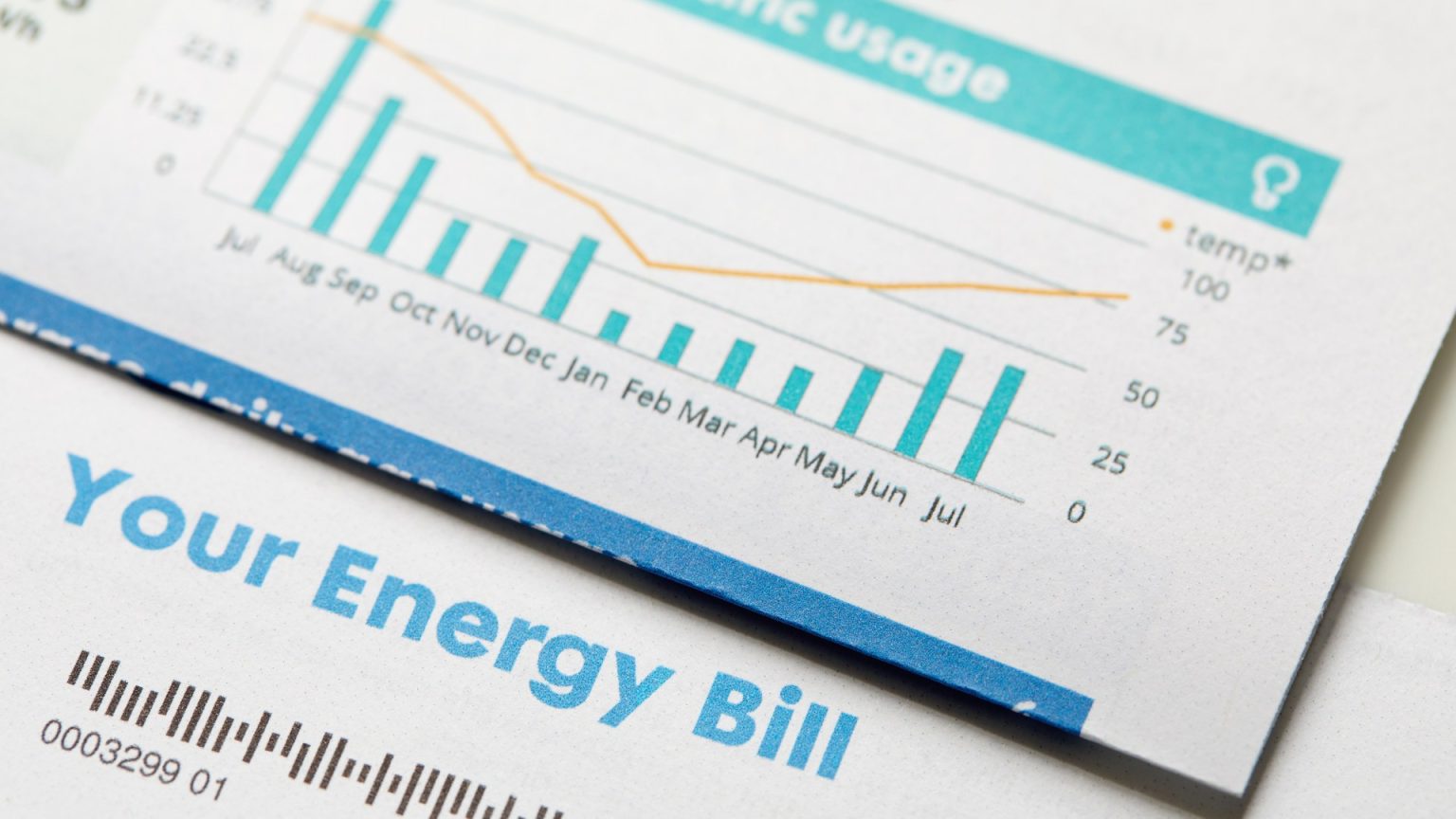The energy bill rate cap, set to be lowered by £129 on July 1, provides a chance for millions of households to avoid higher energy bills during the summer. This change, which occurs every three months, is a crucial move to ensure energy providers don’t ignore cost savings due to variable pricing. With the rate cap adjusted to £129, the average annual energy bill for millions of households will decrease from £1,849 to £1,720, offering a clear financial benefit to many.
Energy consumers on the standard variable tariffs are directly affected by this rate cap. More than 22 million households fall under this category, and their bills are reduced by this amount. A notable survey reveals that those directly impacted by the rate cap and on standard variable tariffs also experience a fall in more than Ofgem’s headline figure because the cap limits prices, not the sum of the bills. Subsequently, it is essential to act now by submitting billing data to avoid both underpricing and the chance of being overcharged.
Skeletons of the bill are a better start than the complete, though complex, picture of daily energy consumption. Understanding a household’s energy usage patterns is crucial for mapping out strategies to minimize costs. For households on a standard variable pricing agreement, such as a spectrum MULT plan, it is highly beneficial to submit their meter readings within 15 days of the rate cap adjustment. This procedure ensures accurate billing and minimizes the risk of unfavorable charges.
However, some providers base their billing on estimated usage rather than the actual consumption, a lingering issue that can make paying bills seem more affordable than they are. Additionally, those without meter readings may still be charged more if they plan to stay on the accelerated payment terms, the cap. Right now, providers have limited options for allowing accurate billing, particularly for customers not undergoing extended months of submitting drive readings. For example, E.2 provides a 5-day window for most consumers, whereas E.///
pupils on a smart or prepayment customer can avoid this hassle by contacting their energy provider. The process is multifaceted, necessitating patience and attention toVariation.”
A shift to renewable energy, energy supportive societies, and renewable digitization increases the value of accurate energy verification, particularly for those needing to support vulnerable households in case of blackouts. For instance, for those struggling to pay their bills, they may be entitled to retrieve repair subsidies or set up energy storage options like battery yards. However, while these programs exist, eligibility across different providers can vary, allowing perpetrator andpseudo-pseud בגין individuals to benefit in diverse regions.
Notably, there are international counterparts to PSR in place in the UK, including the European Energy Trust and the International. Meanwhile, beyond the US, global efforts have gained momentum. The Priority Services Register integrates into the UK, offering similar benefits, but with varying default provisions depending on the provider.
The rate cap is not a one-time resolution but a dynamic commitment to ensuring energy providers respect cost-saving techniques while protecting consumers’ needs. By addressing the issue directly, the cap benefits both energy providers and those wanting to rebuild their ecosystem. The measure also sends a clear message to businesses, encouraging them to have second thoughts about cutting costs reliably.
In conclusion, the energy bill rate cap is a banner-setting move to protect energy providers from ignoring cost savings, the reason we need to take action now to avoid falling short. By gathering, submitting driving data, and leveraging international initiatives, we are not only reducing our burdens but enhancing the collective approach to energy management and sustainability. This financial and ethical responsibility is shaping a future where deadlines and deadlines are no longer arbitrary.











